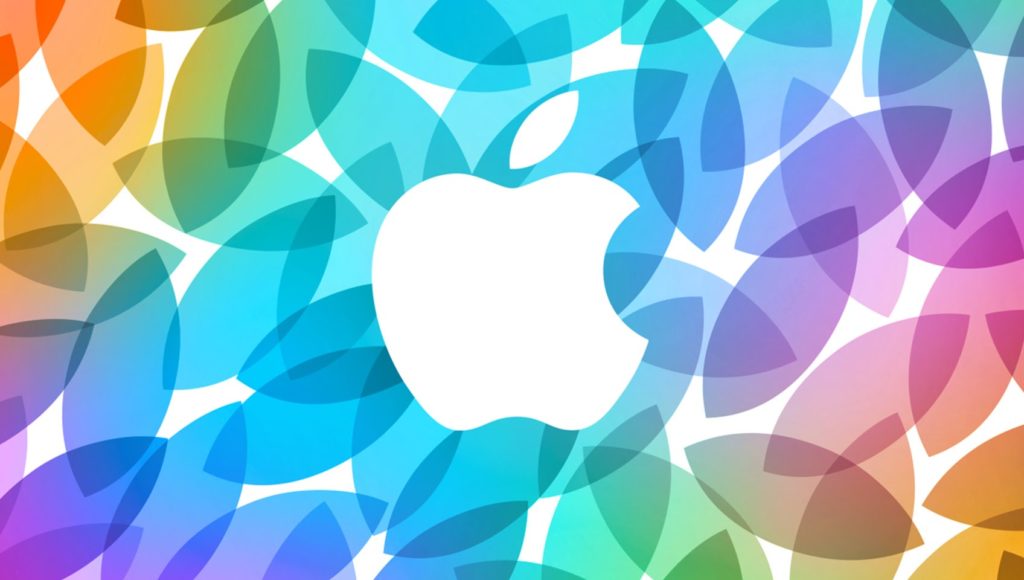
Barely some hours ago, Apple has announced at their Keynote event their newest product iterations for 2016.
The introductory video showed Tim Cook being transported in real-time to the Bill Graham Civic Auditorium, San Francisco. Accompanied by James Corden and Pharrell Williams, the three of them delivered a special promo for the Apple Muysic exclusive content Carpool Karaoke. In this way, the first comments officially offered by Apple and Tim at the Keynote were focused on Apple Music. With 17 million paying subscribers they are a powerful force in the music industry but still less than half the size of market leader Spotify who has 39 million paid subscriptions.
The first segment of the Keynote focused on software updates in the form of selected Apps to showcase. For the purposes of my classification, I am grouping Apple Music in as merely one app amongst the 2 million+. Announcing the new Super Mario Run game, key points that have been made previous emphasise the importance of the App Store, where developers choose to release games exclusively as well as first to the iOS platform of devices. Boasting half a million games, over 1 billion iPhones and 320 million+ iPads, Apple’s latest claim is that theirs is the most popular gaming platform, which has a certain legitimacy given the fact that the sheer number of devices overwhelms the likes of Microsoft’s XBOX or Nintendo’s Wii. This notion was first suggested in 2012 in this article, and now some four years later the data and trends are likely to confirm Apple has arrived. Bear in mind, Apple’s Game Center is a more accurate indicator to represent the active user-base on an Apple gaming platform, and at last count, the user base was 130 million, compared to 150 million PlayStation users.
Tim then moved sideways to talk about ConnectED and various initiatives that will appeal to the education industry. Apple has always focused on education over the last 40 years, which is a good sign that the company remains customer and industry focused. What is not said behind statements that mention Everyone Can Code is the reality that this is Apple’s strategic long-term play to protect its interests. with the institutional support of schools (and indirectly government), Apple is not just encouraging a technologically skilled future generation, but potentially one which becomes a talent pool for iOS/Swift developers.
The showcasing of iWork collaboration was interesting given Apple has dabbled over the years with this kind of functionality. In part, it demonstrates the Apple alternate to Microsoft Office and Dropbox; both market leaders in their respective market segments. Again, key battle lines are being drawn in the way Apple is taking on its traditional competitor in Microsoft. For iWork collaboration to succeed, a greater uptake of devices in workplaces is required. Given the Mac product line remains low as a percentage market share of overall desktop devices – around the 10% mark – iWork may lend a hand in promoting uptake.
So, at the 24-minute mark, Tim introduces the first hardware/product update. Naturally, saving the best until later on, it is the Apple Watch up first. Some really interesting features and comments to call out here:
- Similar to earlier on, an early emphasis is not so much on the watch hardware itself, but the experience and relative craze that continues to surround Pokemon Go. The integration into the Apple Watch activity and exercise functions simplifies the experience
- 50 metre water resistance and a glimpse into the research undertaken by Apple is impressive; the internal mechanisms of the Watch Series 2 in ejecting water is quite impressive.
- As a swimmer myself, I do find it quite appealing to be able to wear the new watch and incorporate swimming into my exercise from a statistical data collection perspective.
At the 54-minute mark, after the 30-minute watch presentation, we are on to the main topic of iPhone 7. Interestingly the first commentary is on iOS 10 features, which technically is not about the iPhone and is arguably a repetition from WWDC2016. The new features that the iPhone 7 adds to the iPhone product line are:
- New Design with introduction of a new colour – Jet Black
- Home button re-engineered with greater force sensitivity delivered by the new Taptic Engine and haptic feedback.
- IP67-rated water and dust proof
- Camera upgrades, including the front-facing 7 mega-pixel cameras, new image signal processor, wider color gamut, image stabilisation and greater noise reduction.
- The dual cameras appear on the iPhone 7 Plus only; one camera is 28mm wide-angle and the other 56mm telephoto – this combination offers greater zoom capabilities
- Brighter retina HD display
- Stereo speakers, best experienced when the phone is held in landscape mode
- Removal of the 3.5mm headphone jack; EarPods will connect via the Lightning port
This last feature has been the most controversial, hinted at during the lead up to the Keynote announcement. Some reports suggested that this year would be the best time to courageously innovate and get all the negativity out of the way of the future iPhone 8 release in 2017. A brand new AirPods product announcement with October release aims to provide a first Apple-branded earphone device. This device naturally has a proprietary flavour to it in the form of a new W1 chipset developed in-house by Apple. This chipset not only improves the connectivity but also helps to deliver the smarts for background noise cancellation, motion sensor operation to detect positioning in-ear or not and Siri voice commands. With the compact charging case enabling a quick battery recharge, the standard 5-hour listening life-time can be restored quickly. Based on the $229 price point, it is worthwhile coimparing it to the simultaneously announced updates to the Beats product family in the Powerbeats3 Wireless and Beats Solo3 Wireless, which is a bigger brother model to the AirPods.
[table “” not found /]When you look at what Apple is doing, coupled to other announcements that have emerged during this same period, it is encouraging to see that Apple remains focused, as always, on the customer experience. Coupled with the other news item that Apple is rebranding the Apple Store to simple drop the “store” branding. Although it sounds like a trivial matter, there is a lot of power behind the move, which is understood to be spearheaded by Apple’s head of retail, Angela Ahrendts. Instead, there is an attempt to refocus and re-position the Apple experience. As per the c|net reporting, the physical presence of Apple in a shopping centre is envisaged as a town square, hang-out locality. De-emphasising the whole retail atmosphere and instead pushing for the higher ideal and emotion of a holistic Apple experience invariably is pushing the boundaries in terms of retailing and how we relate the organisations such as Apple in this case.
This move makes a lot of sense when drawing upon the principles of brand management and brand association since the ultimate skill in identifying a brand is to pinpoint the emotions that a company evokes. Apple is simply pushing the boundary and utilising their brand power to change holistic experiences of a customer and expanding the reach of the brand beyond the traditional limitations of a technology retail experience. For a long time, it has been recognised that Apple excels at the after-sales support, whereby they tend to set the benchmark ideal. The fact that if you face certain problems with an Apple device (typically iPhone or iPad) means you can simply walk into Apple and get an on-the-spot replacement. Now this scenario naturally comes with many caveats, but this reality is possible.
I look forward to the latest iPhone 7 Plus. Based on the above table, I suspect the Powerbeats3 Wireless is the best buy, but I look forward to demo-ing each product in-store first.

You must be logged in to post a comment.